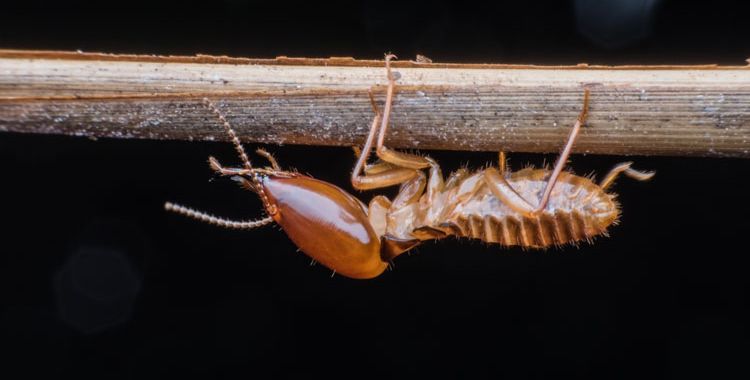
Dealing with Termites: A Homeowner’s Guide
Dealing with Termites: A Homeowner’s Guide
As a homeowner, the thought of termites infiltrating your sanctuary can be distressing. These silent destroyers can cause extensive damage to your home, often without being detected until it’s too late. But fear not, as Pest Friends is here to guide you through the process of dealing with termites and protecting your home.
Common Termite Types
Subterranean termites are known for creating extensive underground colonies, making them challenging to detect until significant damage has occurred. Formosan termites, a particularly aggressive and destructive species, are notorious for their ability to establish large colonies in a short period, posing a serious threat to wooden structures.
Drywood termites, on the other hand, infest dry wood and are capable of causing damage without requiring direct contact with soil. Within subterranean termite colonies and those above ground, worker termites play a crucial role in gathering food and maintaining the nest, ensuring the survival and growth of the termite community.
Each termite species requires variations in termite treatment to be eradicated for good. To know if you’re dealing with a few pests or a full blown termite problem, it’s important to understand the signs of an infestation.
Understanding Termites
Termites are small, social insects that thrive on cellulose-based materials, such as wood and paper. They play a vital role in the ecosystem by breaking down dead and decaying wood. However, when they invade your home, they can wreak havoc on its structural integrity.
Signs of Termite Infestation
Mud Tubes:
Termites build mud tubes to travel from their nest to a food source. Check for these pencil-sized tunnels along your foundation, walls, or wooden structures.
Swarmers:
Reproductive termites, also known as swarmers, often indicate an established colony. Keep an eye out for winged termites swarming around your property, especially during the spring.
Damaged Wood:
Termites consume wood from the inside out, leaving a thin veneer of paint or timber. Tap on suspicious areas with a screwdriver to check for hollow sounds, an indication of termite damage.
Frass:
To spot termite droppings, or frass, look for small, elongated, and capsule-like pellets of varying shades near wooden structures, entry points, or areas with discarded wings, as well as in the vicinity of mud tubes or tunnels.
Prevention is Key
Regular Inspections:
Schedule annual termite inspections with a professional pest control company like Pest Friends. Early detection and termite treatments can save you from costly repairs.
Moisture Control:
Moisture can attract termites. Fix leaky pipes, maintain proper drainage, and ensure good ventilation to keep your home dry.
Wood Treatment:
Apply termite-resistant treatments to wooden structures during construction or renovation. This can act as a termite protection against future infestations.
Taking Action
Professional Pest Control:
If you suspect termite activity or notice signs of an infestation, contact Pest Friends immediately. Professional exterminators have the expertise and tools to assess the situation and implement effective treatment.
Baiting Systems:
Termite baiting systems are an environmentally friendly option. They use bait stations strategically placed around your property to eliminate termite colonies.
Chemical Treatments:
Liquid termiticides can be applied to the soil around your home’s perimeter to create a protective barrier. This helps prevent termites from entering and infesting the structure.
Post-Treatment Maintenance
Regular Monitoring:
Even after treatment, it’s essential to monitor your property for signs of termite activity. Pest Friends offers post-treatment monitoring services to ensure your home remains termite-free.
Repair Damaged Wood:
Replace or repair any wood that has been damaged by termites. This not only restores the structural integrity of your home but also prevents future infestations.
Protect Your Home from Termite Damage
Dealing with termites requires a proactive approach, and by following this homeowner’s guide, you can protect your investment and maintain a termite-free home. Pest Friends is here to assist you every step of the way, ensuring your peace of mind and the longevity of your home. Remember, early detection and professional intervention are key to keeping termites at bay.
Schedule Your Prevention Today!
Contact Pest Friends at (520) 999-2847 for a convenient inspection. Our experts will assess your property, identify termite threats, and provide a complimentary inspection.
At Pest Friends, we are dedicated to fostering enduring relationships by serving as your allies in termite prevention. Take the first step toward a future free from these unwanted guests by choosing Pest Friends.